In his book “If I were to Make a Garden” E H Wilson stated that he had introduced 25 species of wild rose to the West, and from the expedition to Japan (1911–1916), he also collected 63 named forms of cherry blossom.
So there you go ... probably something new that you now know!
0 Comments
Leave a Reply. |
Archives
August 2023
|
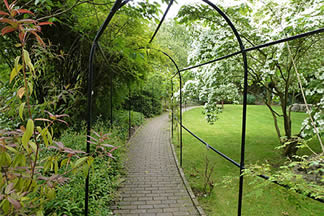
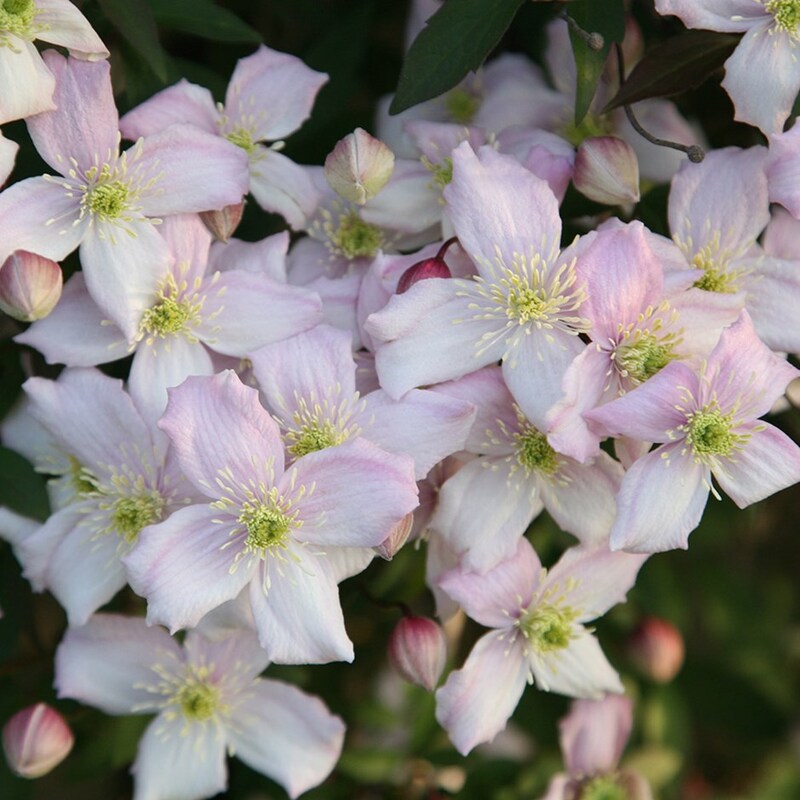
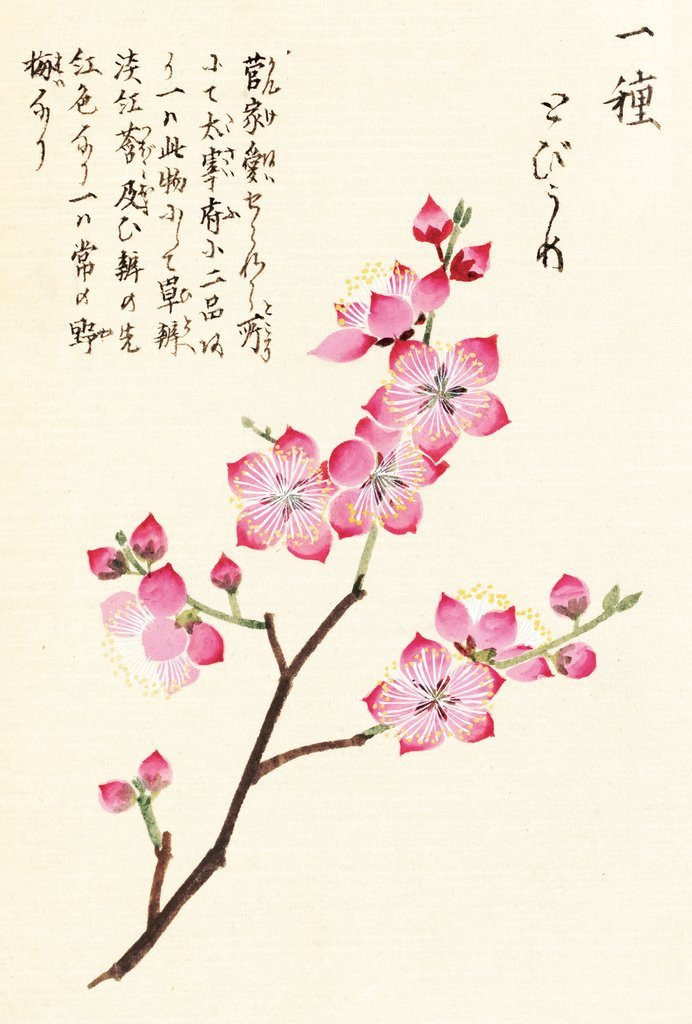

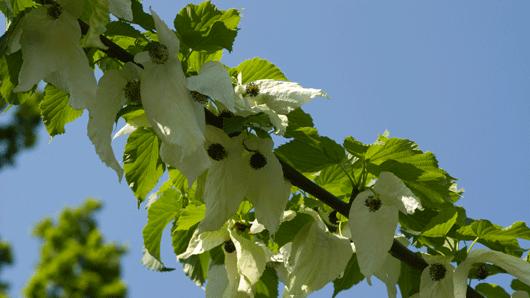
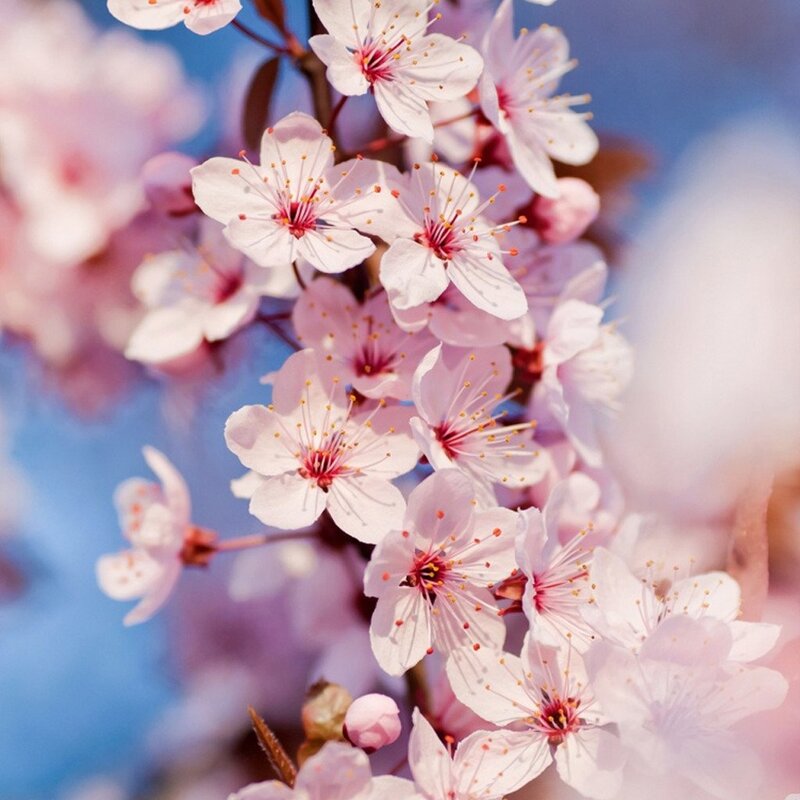
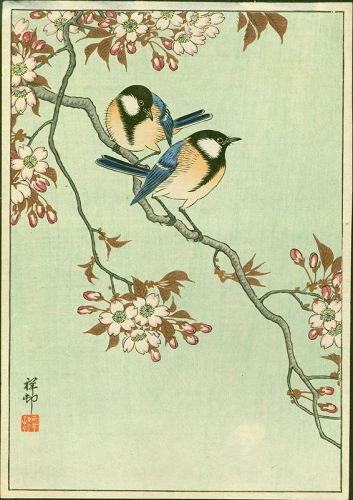
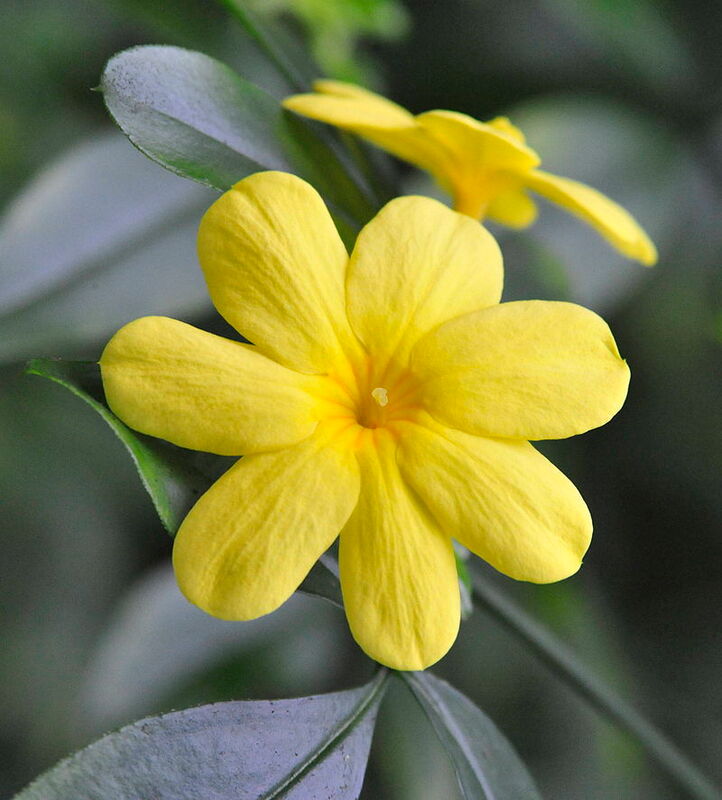
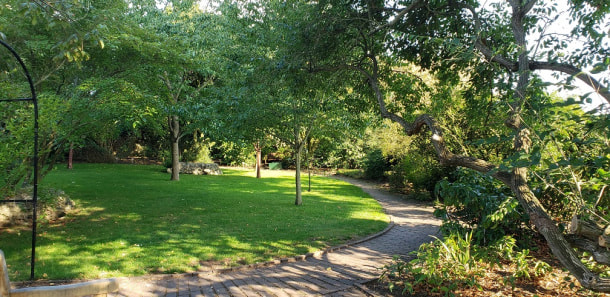
 RSS Feed
RSS Feed
